Jacksonville, Fl. — The “Buresh Bottom Line”: Always be prepared!.....First Alert Hurricane Survival Guide... City of Jacksonville Preparedness Guide... Georgia Hurricane Guide.
STAY INFORMED: Get the * FREE * First Alert Weather app
FREE NEWS UPDATES, ALERTS: Action News Jax app for Apple | For Android
WATCH “The Ins & Outs of Hurricane Season”
WATCH “Preparing for the Storm”
READ the First Alert Hurricane Center “Survival Guide”
***** ALWAYS CHECK & RE-CHECK THE LATEST FORECAST & UPDATES! *****
REMEMBER WHEN A TROPICAL STORM OR HURRICANE IS APPROACHING: Taping windows is *NOT* helpful & will not keep glass from breaking... & realize the cone is the average forecast error over a given time - out to 5 days - & *does not* indicate the width of the storm &/or damage therefore do not become fixated on the center of a tropical system.
The last name on this season’s Atlantic list has now been used. A combination of a bunch of short term storms this year (8 were “alive” for less than 48 hours) + “non-conventional” (quick to pull the trigger, in other words) manner in which NHC now names storms has led to the 3rd year (2005 & 2020) in which all names have been used up. Wanda will be a “fish storm” in the truest sense ..... as in “A Fish Called Wanda” (??).
As expected, the nontropical low pressure (was the Nor’easter last week offshore of New England) has separated from the frontal systems & became subtropical (not a pure warm core storm) as of Saturday. Wanda has become purely tropical now.... while drifting over the Central/North Atlantic. Wanda is turning more northward & will affect no land areas. A transition to post-tropical should occur by the weekend.
Meanwhile.... low pressure is forecast to develop east of Fl. this weekend then intensify while moving north/northeast well east of the U.S. east coast. Some subtropical characteristics will be possible - especially while in close proximity to the Gulf Stream. At this point, it does not look like there will be U.S. impacts other than increase in rip currents at area beaches.

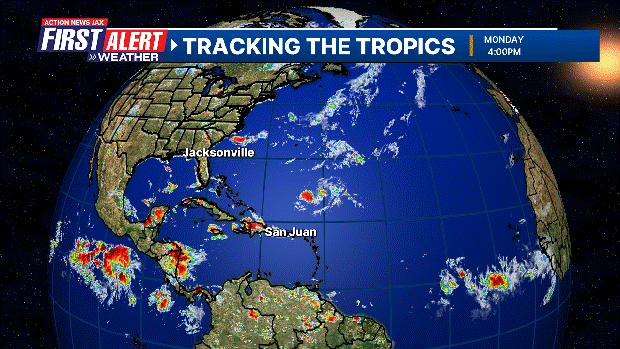
Nov. tropical cyclone origins:
Ocean temps. remain relatively “fit” to help maintain tropical cyclones... even at this late stage in the hurricane season.
Sea surface temps. across the Atlantic remain above avg. across much of the basin & - even more importantly - deep oceanic heat content is quite impressive for this late in the season & the “equivalent oceanic heat content” - namely depth averaged temperature in the upper 300 m (~984 feet) - is even more impressive over the Central & SW Atlantic & Caribbean to the Gulf of Mexico. From an AMS research paper in ‘08 Mainelli, DeMaria, Shay, Goni: “Results show that for a large sample of Atlantic storms, the OHC variations have a small but positive impact on the intensity forecasts. However, for intense storms, the effect of the OHC is much more significant, suggestive of its importance on rapid intensification. The OHC input improved the average intensity errors of the SHIPS forecasts by up to 5% for all cases from the category 5 storms, and up to 20% for individual storms, with the maximum improvement for the 72–96-h forecasts. The statistical results obtained indicate that the OHC only becomes important when it has values much larger than that required to support a tropical cyclone.” More recent research continues to indicate similar correlations.
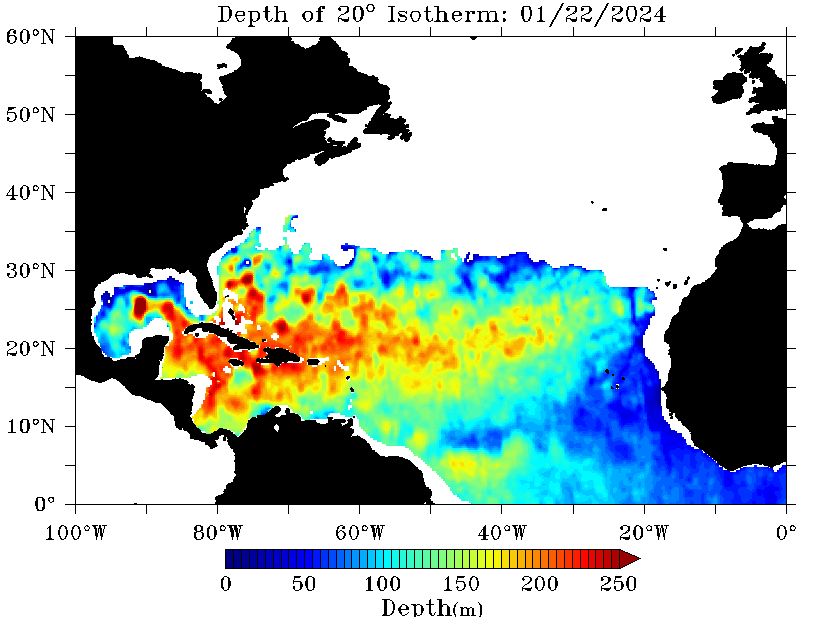

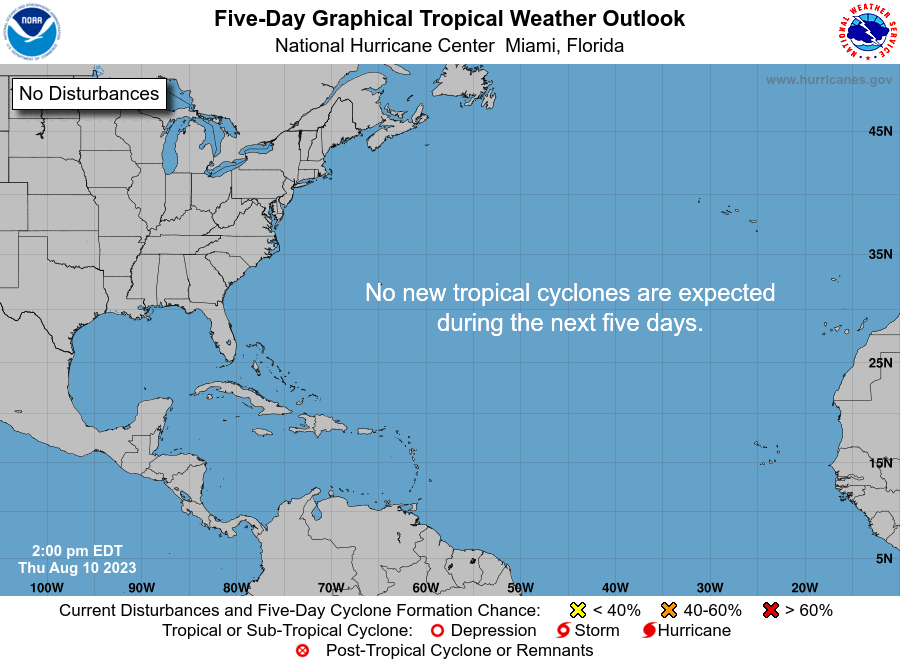
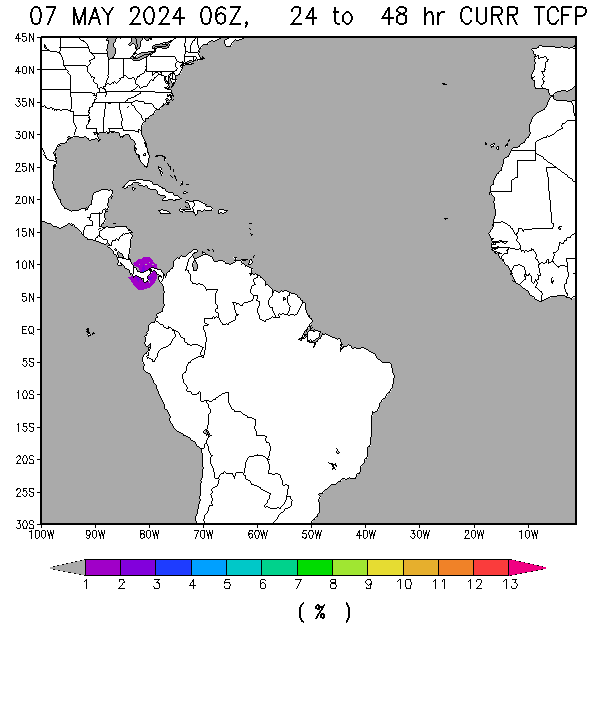
Saharan dust. Dry air - yellow/orange/red/pink. Widespread dust is indicative of dry air that can impede the development of tropical cyclones. However, sometimes “wanna’ be” waves will just wait until they get to the other side of the plume then try to develop if everything else happens to be favorable. In my personal opinion, way too much is made about the presence of Saharan dust & how it relates to tropical cyclones.
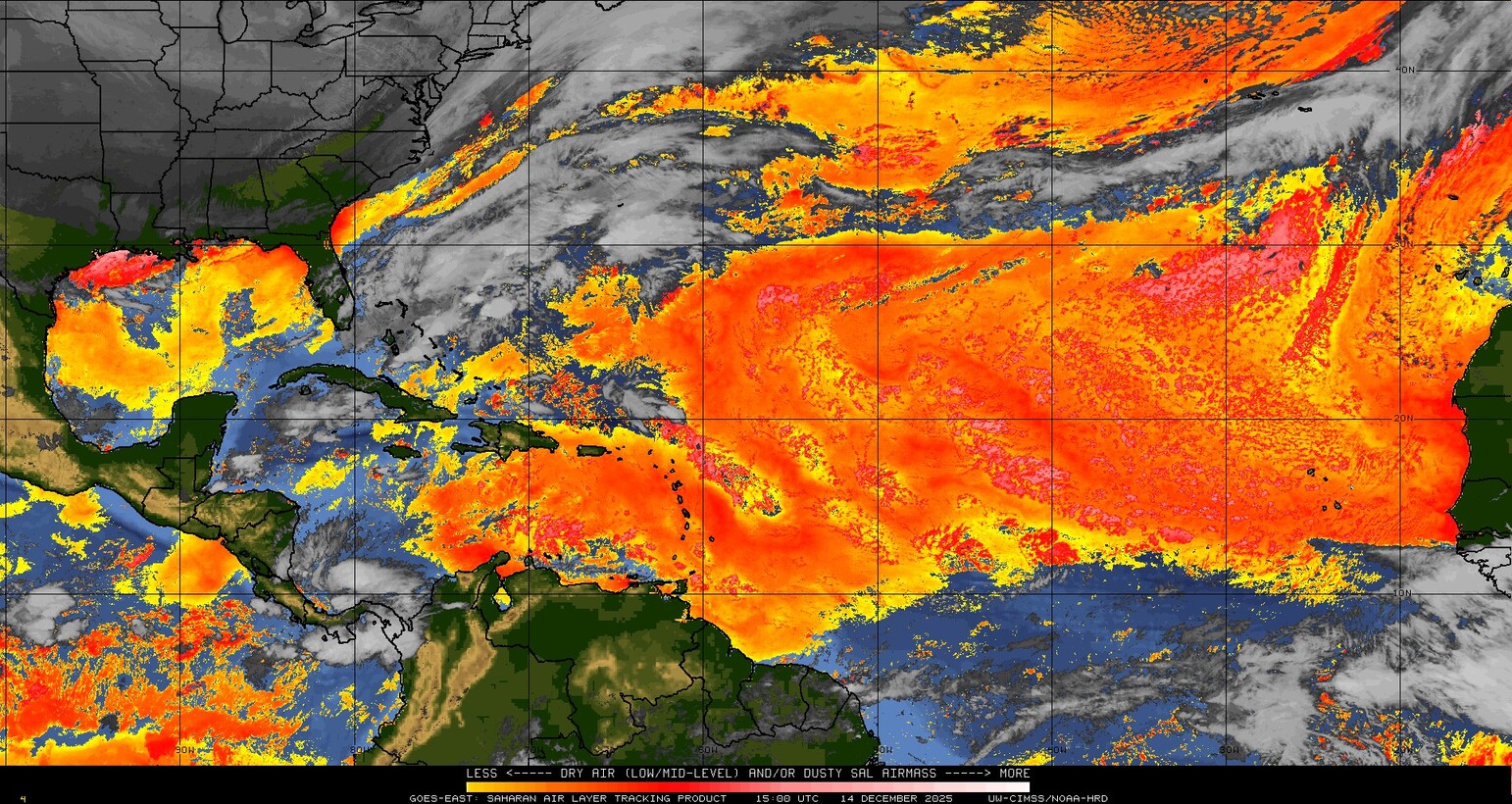
2021 names..... “Wanda” was the last name on the Atlantic list (names are picked at random by the World Meteorological Organization... repeat every 6 years... historic storms are retired [Florence & Michael in ’18... Dorian in ’19 & Laura, Eta & Iota in ‘20]). “Adria” is next. Last year - 2020 - had a record 30 named storms. The WMO decided - beginning this year - that the Greek alphabet will be no longer used & instead there will be a supplemental list of names if the first list is exhausted (has only happened three times - 2005 & 2020 & 2021). The naming of tropical cyclones began on a consistent basis in 1953. More on the history of naming tropical cyclones * here *.

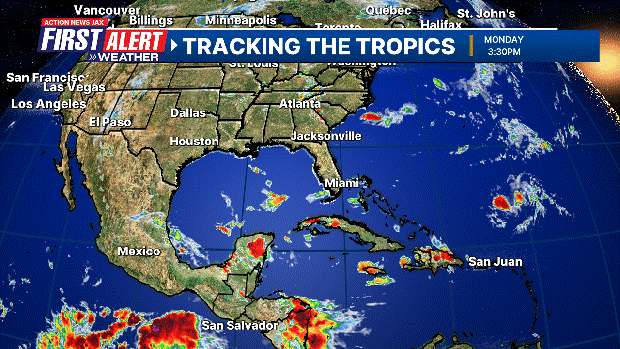



East Atlantic:





Mid & upper level wind shear (enemy of tropical cyclones) analysis (CIMMS). The red lines indicate strong shear:
Water vapor imagery (dark blue indicates dry air):

Deep oceanic heat content over the Gulf, Caribbean & deep tropical Atlantic & remains pretty impressive late in the season from the Central/NW Caribbean into the Gulf of Mexico:
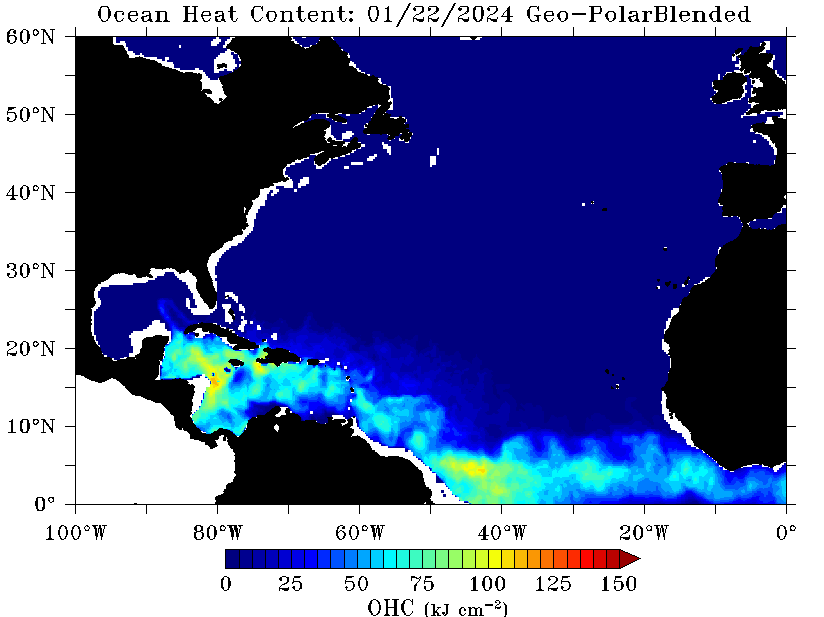
Sea surface temp. anomalies:


SE U.S. surface map:
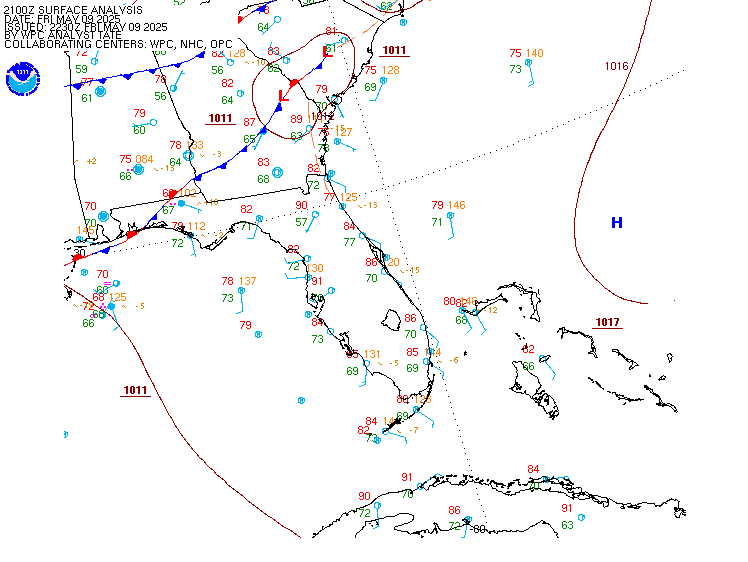
Surface analysis centered on the tropical Atlantic:
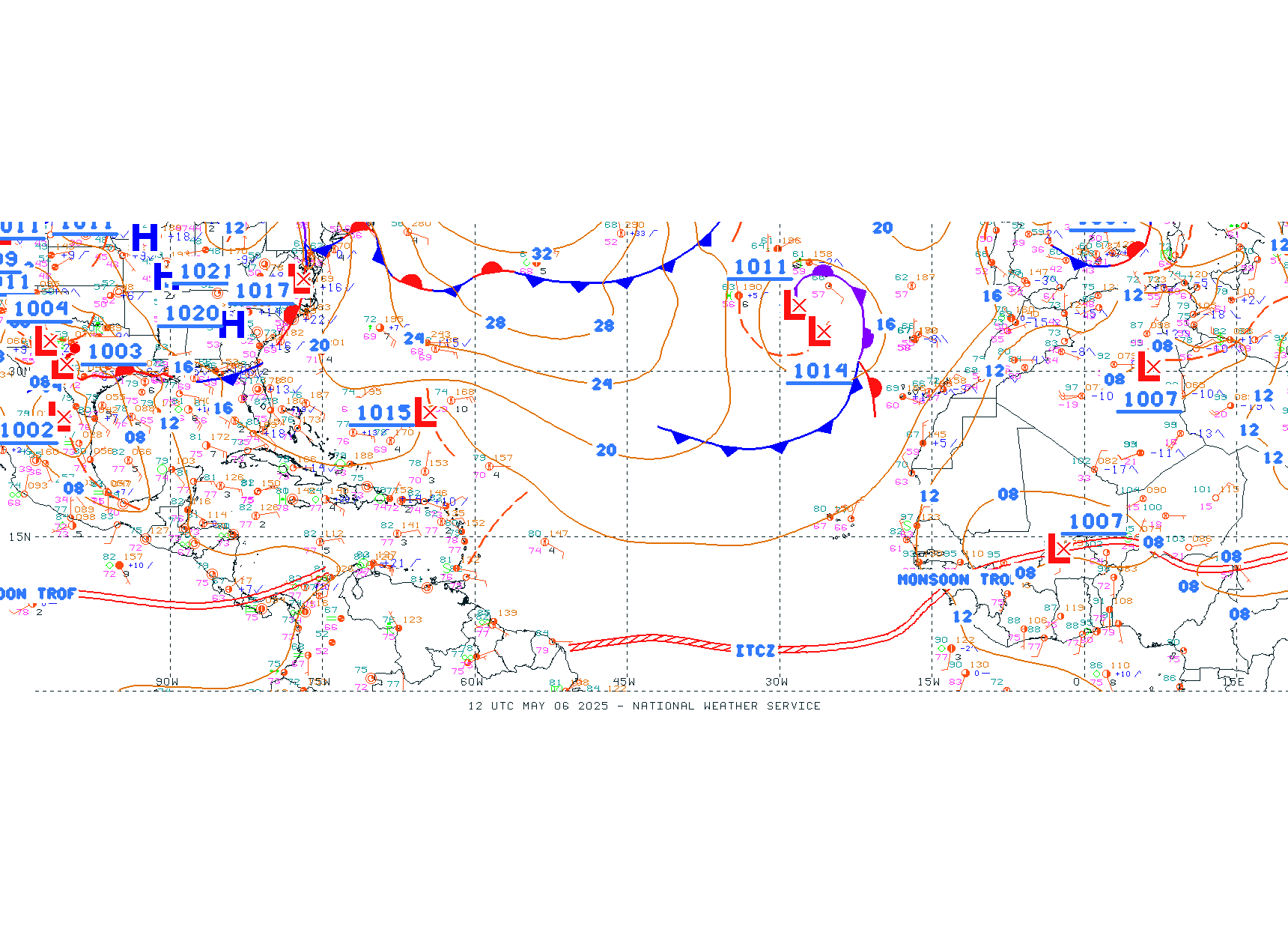
Surface analysis of the Gulf:

Caribbean:

GFS wave forecast at 48 & 72 hours (2 & 3 days):
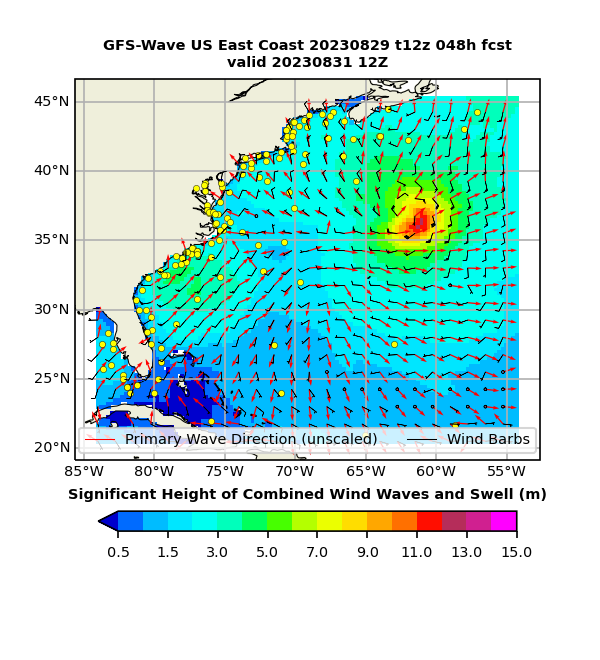

Atlantic Basin wave period forecast for 24, 48 & 72 hours respectively:
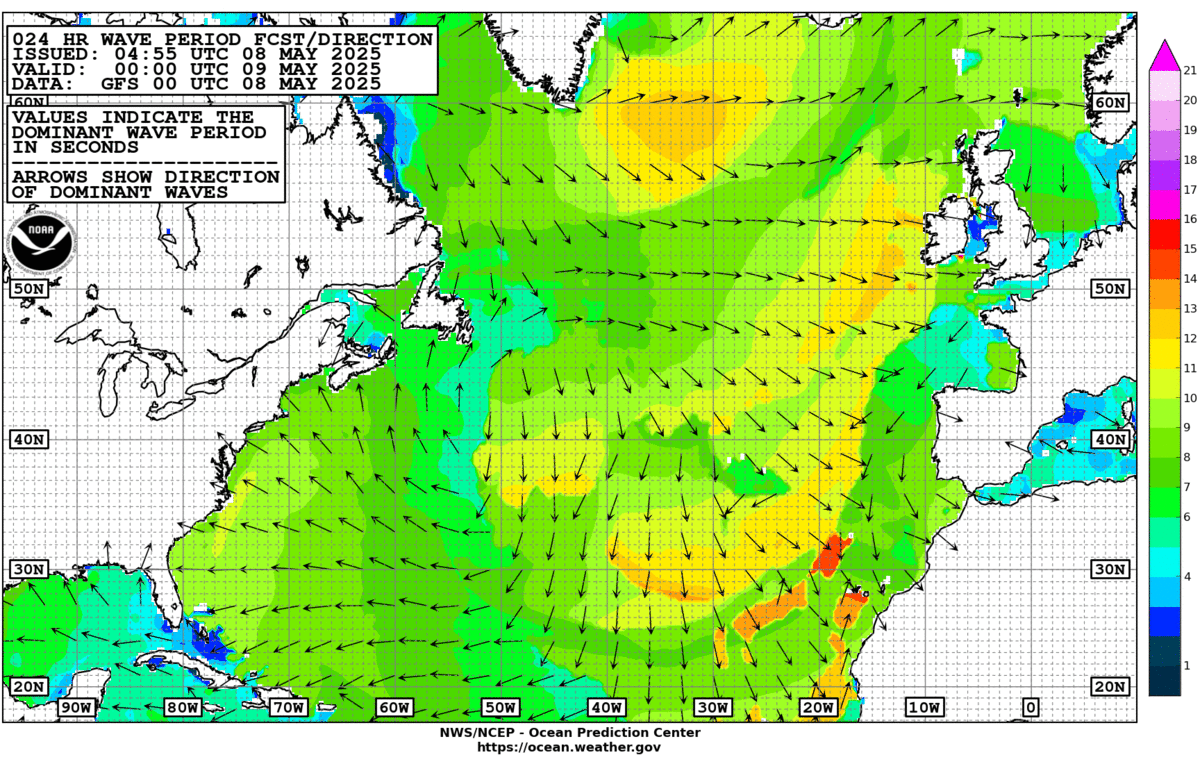
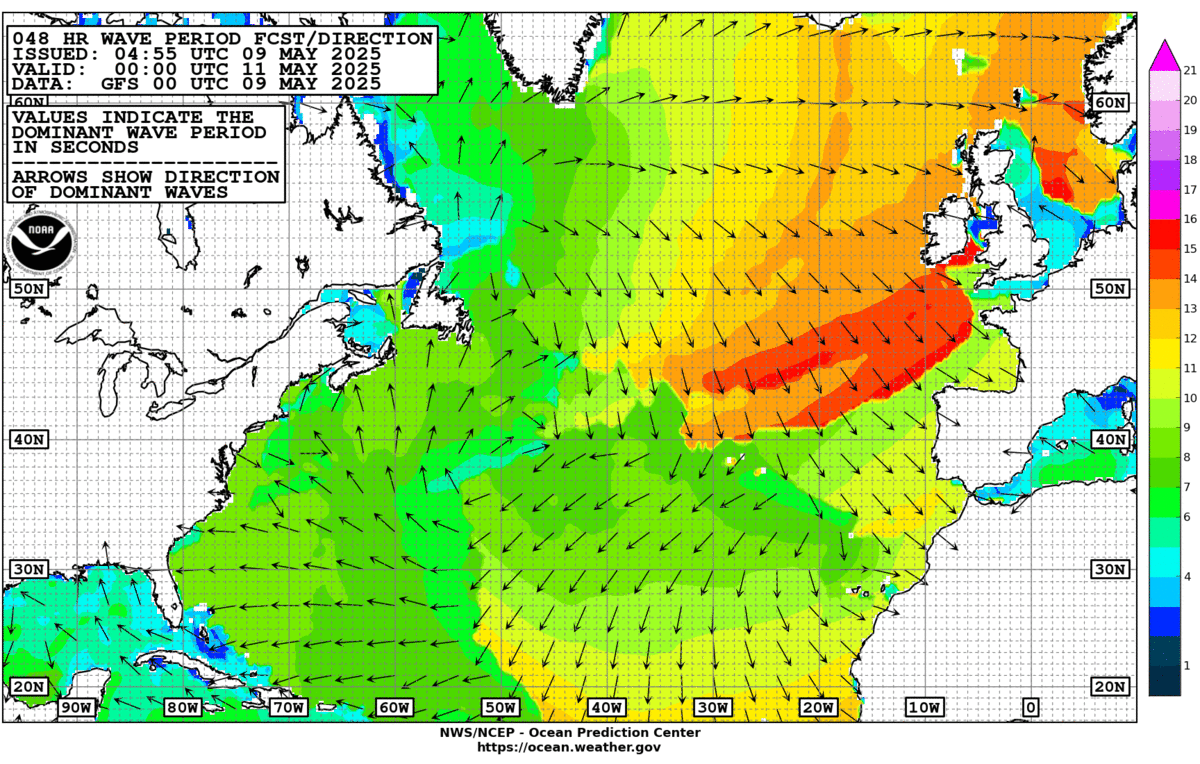
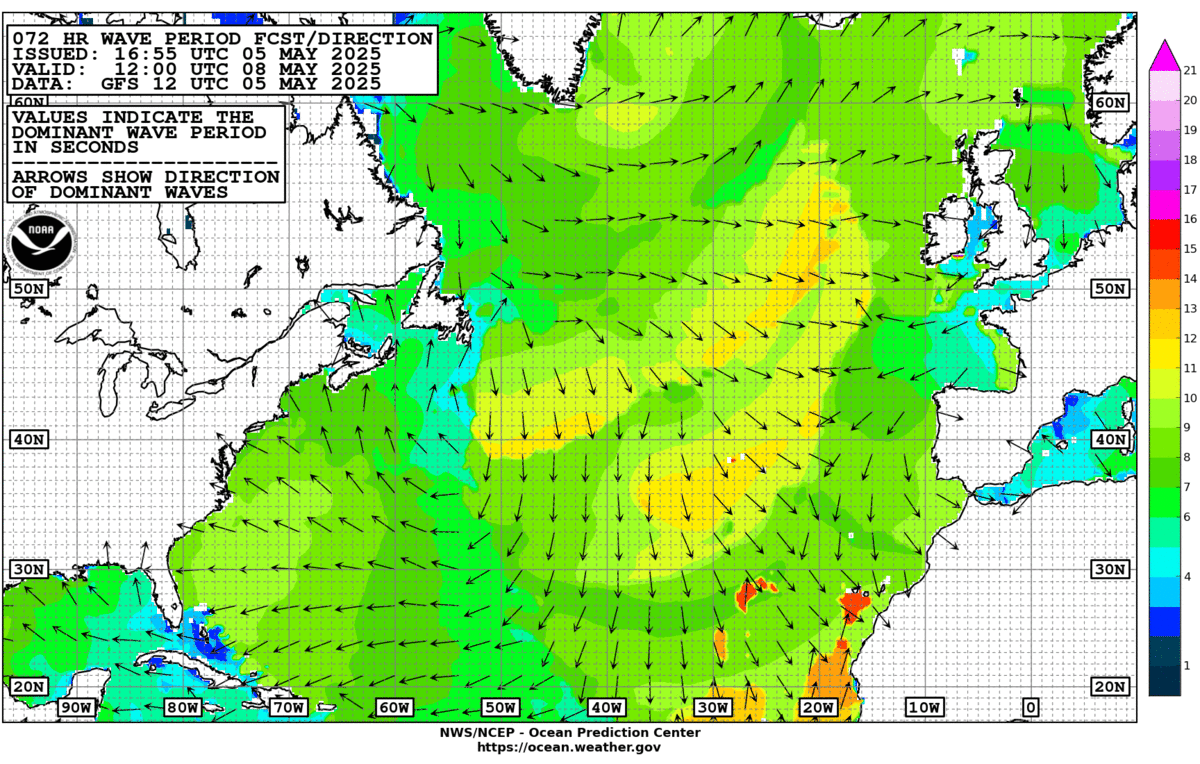
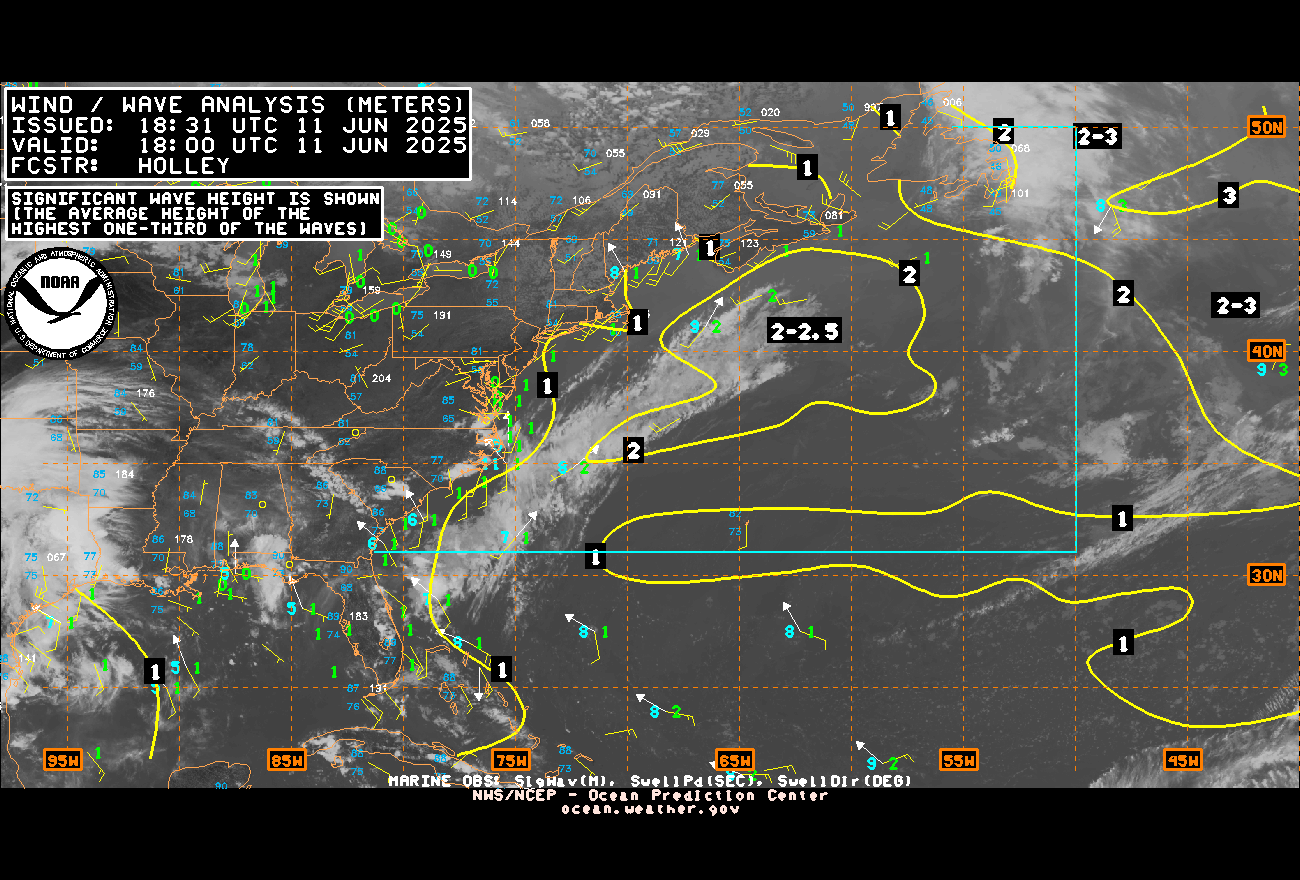
The East Pacific:


West Pacific IR satellite:

Global tropical activity:
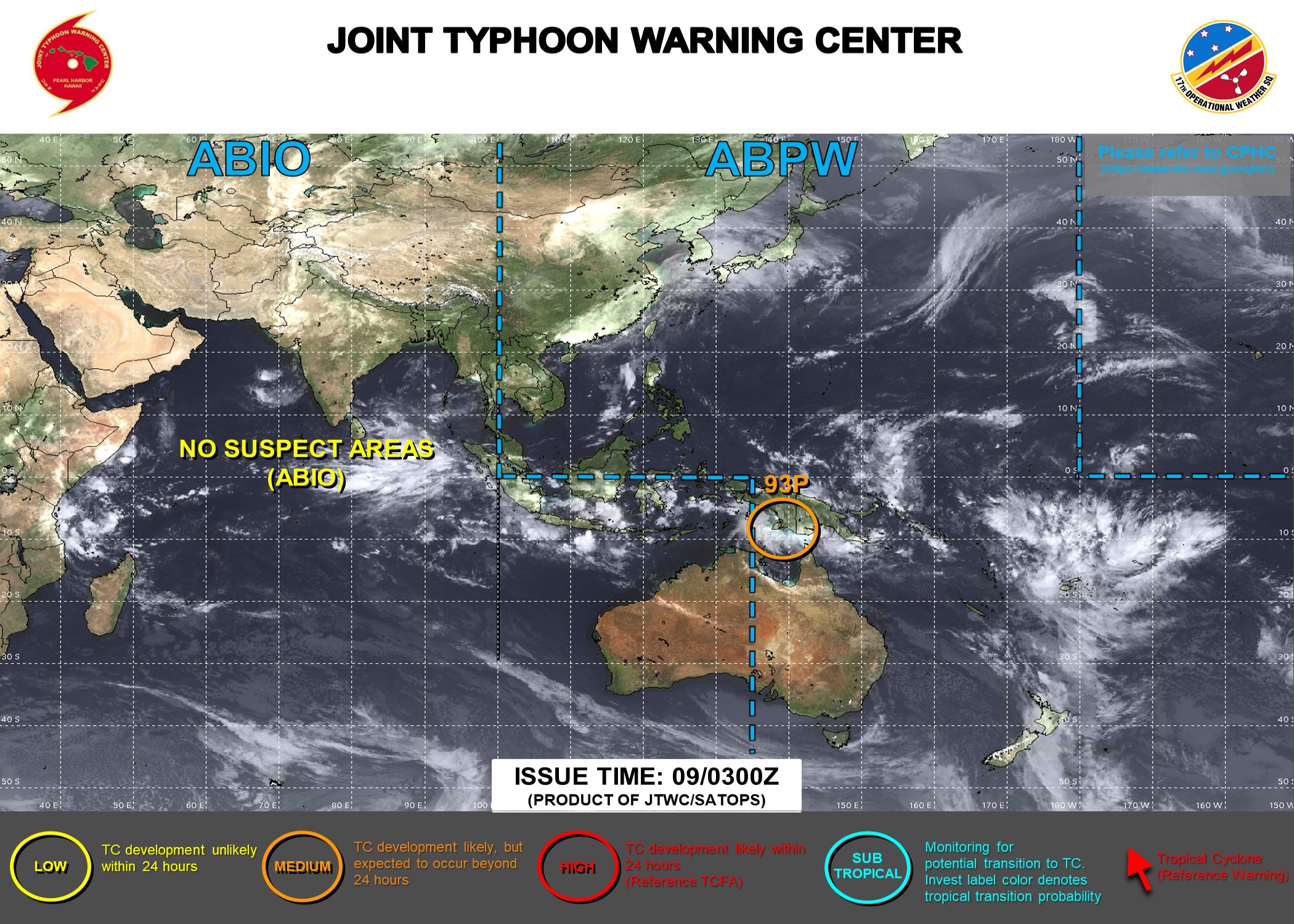
Cox Media Group

:quality(70)/cloudfront-us-east-1.images.arcpublishing.com/cmg/WW5AJL3ARQUGDQMAQUNSFX4CLE.jpg)
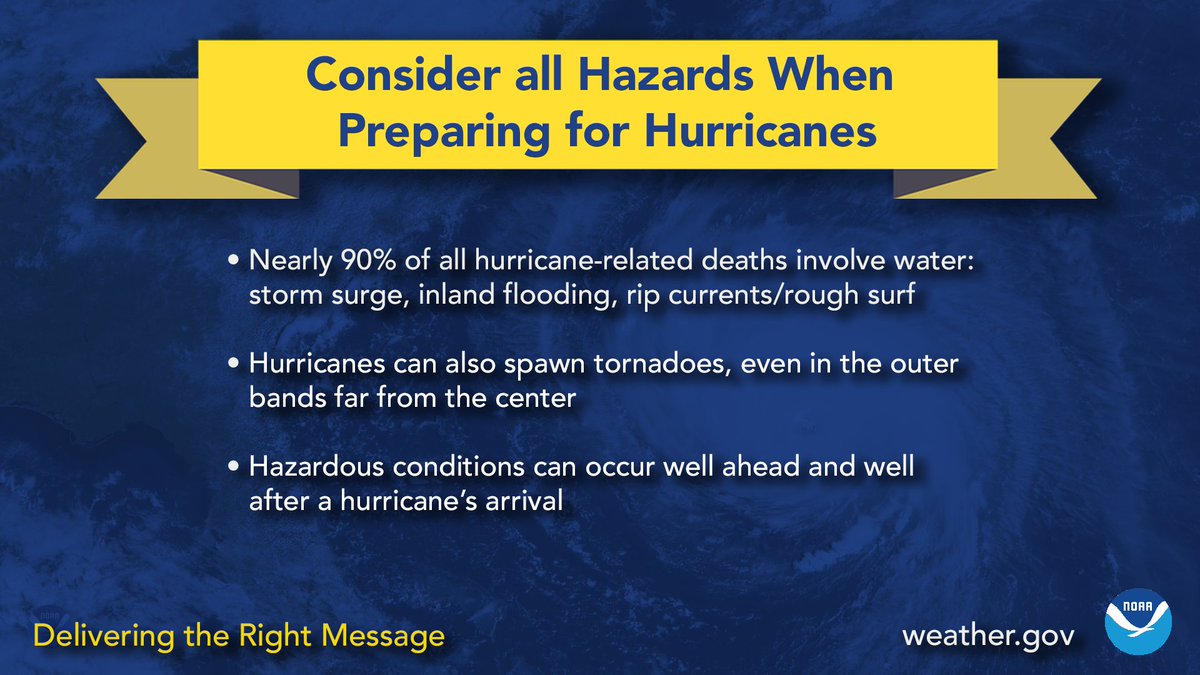
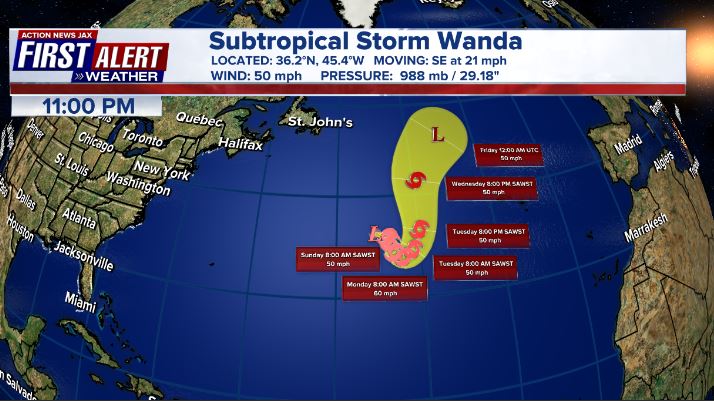

:quality(70)/cloudfront-us-east-1.images.arcpublishing.com/cmg/HJ3L3HBBJBH6PB5ZFB3SVGFXSU.png)
:quality(70)/cloudfront-us-east-1.images.arcpublishing.com/cmg/SKX4RKW645ERTATCLA4V2FVRKQ.png)
:quality(70)/cloudfront-us-east-1.images.arcpublishing.com/cmg/SHM5VKGXUVFSNEJL6Z5QFC5VQY.jpg)
:quality(70)/cloudfront-us-east-1.images.arcpublishing.com/cmg/SCWUKX27NRFXVFR2KCQYQ3ZPQY.jpg)
:quality(70)/cloudfront-us-east-1.images.arcpublishing.com/cmg/D33EEX5VKZDPTBKHNMDPLCQTGY.png)
:quality(70)/cloudfront-us-east-1.images.arcpublishing.com/cmg/V7JDMMD6JJEEHIL6C7OSLV3ABU.png)
:quality(70)/cloudfront-us-east-1.images.arcpublishing.com/cmg/IHQLPKZN7KMS6CBDAL6K4PLVOI.jpg)
:quality(70)/cloudfront-us-east-1.images.arcpublishing.com/cmg/65WPLMAZTMB2UZLNZB2HXPKUCA.jpg)
:quality(70)/cloudfront-us-east-1.images.arcpublishing.com/cmg/MDSAWHV6RT43DOZX5PPV4G3LTU.jpg)
